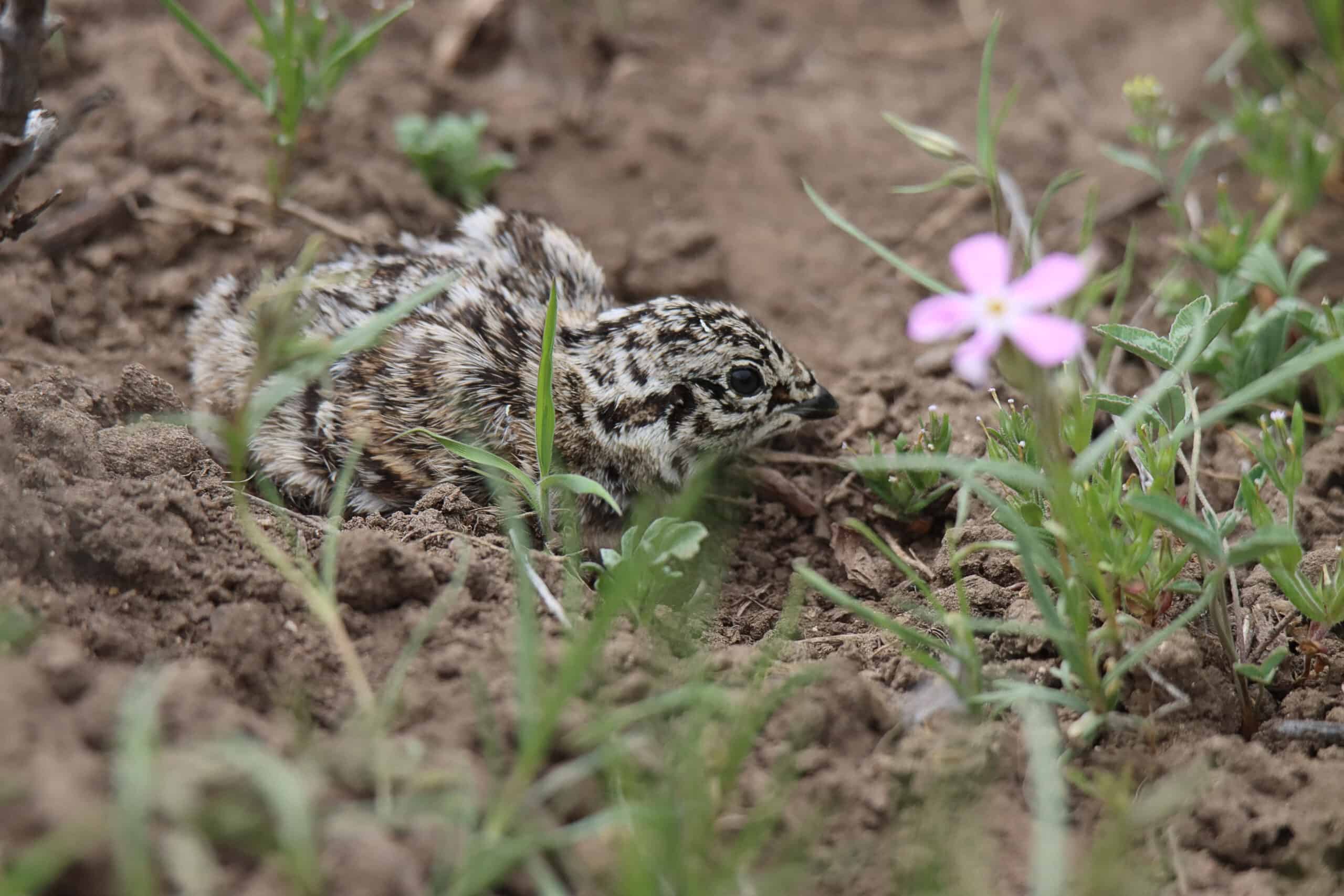Share this article
Wildlife Featured in this article
- Greater sage-grouse
WM: Treating sagebrush doesn’t aid sage-grouse
A new Wildlife Monograph questions this management approach
To improve conditions for greater sage-grouse, natural resource managers often try to rein in large, dense stands of sagebrush. But these techniques don’t help the birds, researchers found. They can even make conditions worse for them.
In an experimental study in central Wyoming, a team of researchers used mowing and herbicides to treat Wyoming big sagebrush (Artemisia tridentata wyomingensis), then monitored the response of those treatments in habitat selection and survival by greater sage-grouse (Centrocercus urophasianus). The nine-year study began three years before treatment. After six years of monitoring, they found that treating the sagebrush didn’t benefit the birds. Instead, it resulted in “slight avoidance,” likely due to a lack of food and a lack of cover to protect nests from predators.
The findings, published in Wildlife Monographs, call into question methods often used to improve conditions for the birds, which are losing habitat across much of their range due to development, conifer encroachment and invasive grasses that fuel large wildfires.
Some managers think “treating sagebrush for wildlife is how it’s supposed to work and we’ll keep doing it,” said Jeffrey Beck, professor of ecosystem science and management at the University of Wyoming, and one of the authors on the Wildlife Monograph. “I’ve encountered that perception with sagebrush treatments as much as anything I’ve worked with in my career. It’s kind of shocking, really.”
In related research that was published in 2018, researchers from the Wyoming Cooperative Fish and Wildlife Research Unit collaborating with Smith and Beck found sagebrush treatments offer no benefits for sagebrush obligate songbirds. “It created habitat conditions that they avoided,” Beck said.
As their name suggests, greater sage-grouse across the American West depend on sagebrush for cover and food—including insects that also rely on sagebrush. Managers have often sought to reduce large, older stands of sagebrush to allow broad-leaved flowering plants to grow, nurturing insects that are an important food source for the bird.
“We took that notion and experimentally tested it by reducing that quote-unquote ‘decadent’ sagebrush,” said lead author Kurt Smith, an ecologist with the consulting firm Western EcoSystems Technology, Inc.
With a growing body of research finding that controlling sagebrush does not improve conditions for the greater sage-grouse, Smith and his team took to the ground to find out. In the winter and spring of 2014, they treated Wyoming big sagebrush with mowing and the herbicide tebuthiuron in two large study areas for each treatment type.
By radio tagging 630 female sage-grouse, they watched how the birds responded to the treated areas in terms of habitat selection and survival during nesting and brood-rearing. They also wanted to see how vegetation and insect communities responded. Neither treatment improved nest, brood, or adult female survival, the researchers found. Insects and other vegetation didn’t benefit, either. Had the experimental treatment areas been larger, researchers believe, they would have seen more negative effects.
Those effects may be specific to Wyoming big sagebrush, researchers said. Mountain big sagebrush, which grows in wetter locations, is more resilient to disturbance.
Instead of removing sagebrush, Beck said, managers should focus on removing invasive plants like cheatgrass and encroaching pinyon and juniper, which are altering the ecosystem, and increasing wet areas within sagebrush steppe.
“Hopefully it will get people to start thinking, ‘if we’re going to spend money to improve habitat, we’ve got to find some other ideas,” Beck said.
This article features research that was published in a TWS peer-reviewed journal. Individual online access to all TWS journal articles is a benefit of membership. Join TWS now to read the latest in wildlife research.
Header Image: Greater sage-grouse rely on sagebrush for cover and food. Credit: Jonathan Lautenbach








